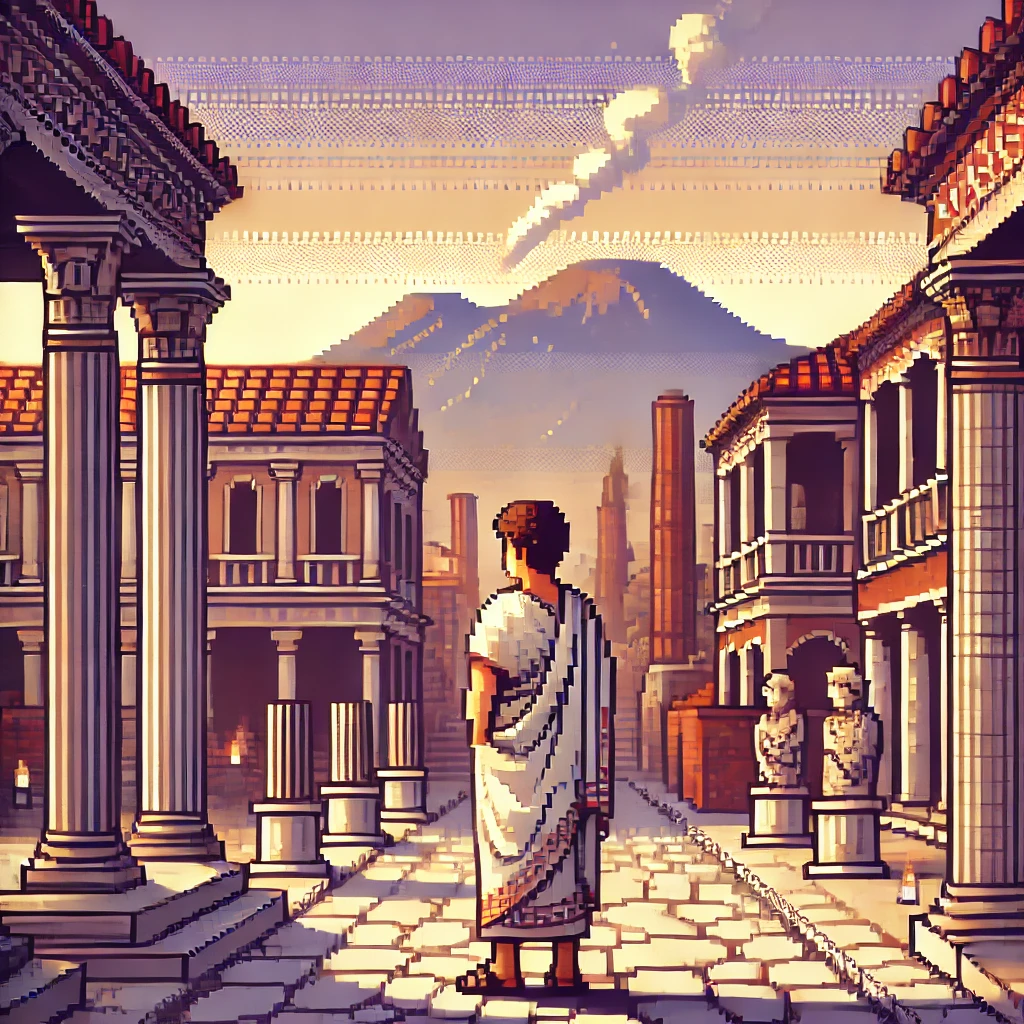The Daily Life of a Roman Civilian During the Early Roman Empire

The early Roman Empire (27 BCE–284 CE) was a period marked by relative peace, prosperity, and the consolidation of Roman society under the rule of the emperors. Daily life for a Roman civilian during this era varied greatly depending on their social class, occupation, and geographical location, but there were common patterns that defined the rhythm of life across the empire. From dawn to dusk, Romans navigated a world influenced by the Roman legal system, religious rituals, and a thriving urban culture.
Morning: The Start of the Roman Day
For most Romans, the day began at dawn. The elite classes, or patricians, often rose early to manage their estates, receive clients, and oversee household activities. The client-patron relationship was a cornerstone of Roman society, where less affluent citizens sought the favor of wealthier patrons in exchange for political or social support. These morning gatherings, or salutatio, allowed patrons to assert their influence and clients to seek opportunities.
Meanwhile, the majority of Romans—farmers, artisans, and laborers—began their workday with physical tasks. Farmers tended to their fields, artisans opened their workshops, and merchants prepared their goods for sale in bustling markets. Markets, or fora, were central to daily life, providing not only essential goods but also a space for gossip, news, and civic interaction.
Midday: Labor and Leisure
As the sun rose higher, the intensity of daily work increased. Roman cities, particularly Rome itself, were vibrant hubs of activity. Streets were filled with carts, pedestrians, and vendors selling everything from fresh produce to textiles. Public works, such as the construction of aqueducts, roads, and temples, employed a large number of skilled and unskilled workers, many of whom were slaves or freedmen.
For the elite, midday offered a break from obligations. Wealthy Romans often retreated to their domus(house) or countryside villas for a midday meal. Lunch, or prandium, was typically a simple affair consisting of bread, olives, cheese, and fruit. In contrast, the working classes and slaves sustained themselves with modest meals consumed on the go.
Afternoon: Public Life and Entertainment
The afternoon brought opportunities for civic engagement and leisure. For wealthier citizens, this was the time to participate in political assemblies, attend court cases, or discuss philosophy and literature in private salons. Public baths, or thermae, were a cornerstone of Roman social life, providing spaces not only for bathing but also for exercise, relaxation, and conversation. Bathhouses were accessible to most citizens for a small fee, making them a unifying feature of Roman urban culture.
For the working class, the afternoon was often spent laboring until dusk. However, festivals, public holidays, and spectacles at the Colosseum or Circus Maximus offered moments of respite. Gladiatorial games, chariot races, and theatrical performances entertained Romans of all classes, creating a shared cultural experience.
Evening: Family and Reflection
As the day wound down, Romans returned to their homes for dinner, or cena, the main meal of the day. For the wealthy, dinners were elaborate affairs featuring multiple courses, fine wines, and entertainment such as poetry recitals or music. The less affluent dined on simple fare, such as porridge or legumes, often accompanied by a small amount of wine or water.
Evenings were a time for family and domestic activities. The Roman household, or familia, was a hierarchical unit where the paterfamilias (male head of the family) wielded authority over all members. Religious rituals were a common evening practice, with offerings made to household gods, or Lares and Penates, to ensure the family’s prosperity and protection.
The Role of Religion and Ritual
Religion permeated every aspect of Roman life. From the augurs who interpreted omens to the daily prayers offered at household shrines, Romans sought the favor of their gods in all endeavors. Public festivals and sacrifices were frequent, involving the entire community in acts of devotion that reinforced Roman identity and values.
Challenges and Hardships
While the Roman Empire was a time of unprecedented urban development and cultural flourishing, daily life was not without its hardships. The urban poor lived in crowded and often unsafe insulae(apartment buildings), susceptible to fires and collapse. Disease and poor sanitation were constant threats in densely populated cities, and the vast disparity between the rich and poor was a source of tension.
Slavery was a pervasive institution, with slaves forming the backbone of the economy. They worked in households, farms, and mines under harsh conditions, with little hope of freedom. However, some slaves could earn their manumission (freedom) and integrate into Roman society as freedmen.
Conclusion
The daily life of a Roman civilian during the early Roman Empire was a tapestry of work, social interaction, and cultural activity. Whether in the bustling marketplaces of the city or the serene countryside villas, Romans were bound together by a shared set of values, traditions, and aspirations. Despite the challenges they faced, their innovative spirit and commitment to community laid the foundation for one of history’s most enduring civilizations.